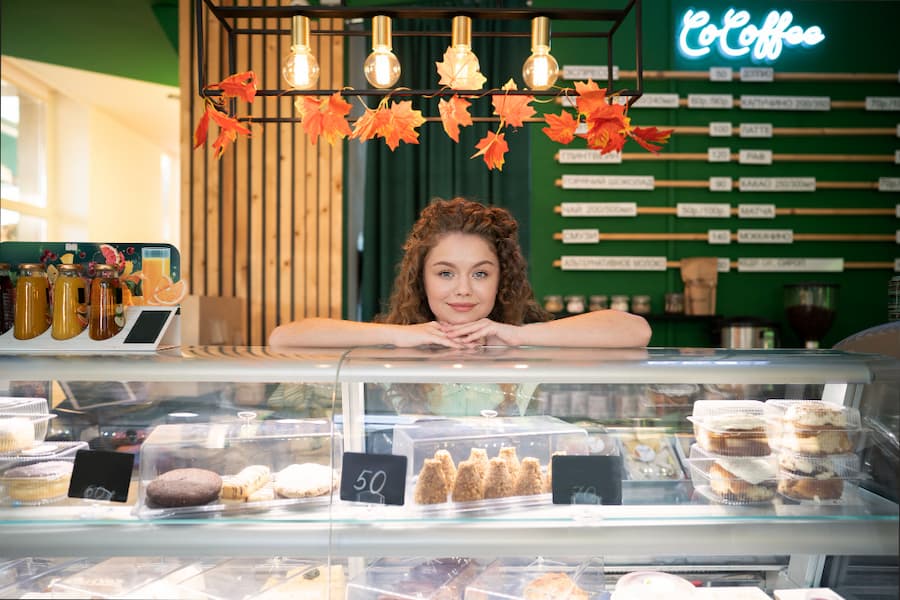Restaurants, cafeterias, and caterers need to choose the best food display counter so that their food is presented appealingly, with food safety and temperature maintained. An appropriate model will increase operational efficiency and customer attraction if you need a chilled unit for desserts or a Hot Food Display Counter for ready-to-eat food. Food display counters come in various shapes, materials, and uses; hence, knowing your individual needs is vital. Long-term usability depends much on elements like energy efficiency, capacity, and simplicity of cleaning. Before buying a food display counter, this guide examines important factors so that you can make an educated choice that matches your company’s needs.
Contents
- 1 Identify the Appropriate Type for Your Needs
- 2 Consider Size and Space Availability
- 3 Verify Features Controlling Temperatures
- 4 Appraise the ease of maintenance and cleaning.
- 5 Find consumer-facing characteristics.
- 6 Examine Pricing and Warranty Choices
- 7 Confirm compliance with food safety laws.
- 8 Think about noise levels and consumer experience.
- 9 Conclusion
Identify the Appropriate Type for Your Needs
The counter for food displays changes depending on temperature demands. While chilled units store salads and desserts, hot food display counters keep food warm. Some models provide dual-zone capabilities to enable both hot and cold storage. Think about your menu; buffet-style eateries would benefit from bain-marie counters; bakeries might prefer glass-fronted coolers. Pies and grilled foods benefit most from heated shelves; sushi bars demand refrigerated displays. Choosing the suitable kind guarantees that food retains its visual appeal and freshness.
Consider Size and Space Availability
Measure your available room before you buy to make sure the counter fits without interfering with workflow. Smaller units are perfect for busy restaurants with a lot of foot traffic, while compact models are best suited for small cafes. Evaluate the serving area as well; modular layouts provide flexibility for changing configurations, and counters with extended trays let more food be shown. Make sure the employees have enough area to access and replenish food easily.
Verify Features Controlling Temperatures
Food safety depends on constant temperature. While chilled units must stay below 5°C, a Hot Food Display Counter should be preserved at least 63°C to stop bacterial growth. Digital thermostats offer accurate control; some types feature temperature variation alerts. Select adjustable settings for versatility to match various meals. Hygienic seals and double-glazed glass help to retain cold or heat effectively, therefore lowering energy consumption.
Appraise the ease of maintenance and cleaning.
To satisfy hygiene standards, food display counters must be regularly cleaned. Look for accessible corners, removable components, and smooth surfaces for effortless cleaning. While antifingerprint glass preserves pristine displays, stain-resistant materials lower scrubbing time. Some models have self-cleaning features or draining systems for condensation. Emphasising simple maintenance saves time and guarantees adherence to food safety rules.
Find consumer-facing characteristics.
A beautiful exhibit stimulates sales. Glass panels with anti-fog coverings guarantee clear visibility, whereas LED lighting improves food presentation. Customised designs are made possible by adjustable shelves. Some counters have branding choices, such as coloured finishes or logo placement, to complement your company style. A good display increases clients’ dining experience and draws their attention.
Examine Pricing and Warranty Choices
Counters for food exhibits come in a range from affordable to luxury. Though cost is a factor, give features that fit your company’s needs priority. Check warranty terms; reputable brands usually offer extended coverage for parts and labour. Think about the long-run value instead of just the initial price. A dependable unit with excellent customer service lowers downtime and future repair costs.
Confirm compliance with food safety laws.
All food display devices must adhere to stringent hygiene and safety regulations. In the UK, confirm your counter fulfils ECHR, HACCP, and local council standards. To stop bacterial growth, hot units should maintain temperatures above 63°C, and chilled displays must remain below 5°C. Find models with certified temperature monitoring systems and easy-to-clean surfaces that fit food-grade material criteria. For extra protection, some counters have antimicrobial coatings. Accessible temperature displays and frequent maintenance logs help when health inspections occur. Investing in compliant equipment not only saves you money but also shows your dedication to food safety best practices while also safeguarding your clients’ welfare.
Think about noise levels and consumer experience.
Your display counter’s operating noise affects the dining environment. Compressor-based coolers may be intrusive in quiet cafés; fan-assisted heating systems may produce prominent humming. For front-of-house applications, search for models with low-decibel operation (under 45dB). Magnetic door seals minimise vibration noise in refrigerated units, and convection heating systems often run more silently than conventional components. Test several versions in your space before purchasing; what appears quiet in a showroom could be distracting during service. Since a peaceful environment improves customer pleasure, strike a balance with acoustic factors while selecting your food display solution.
Conclusion
Before buying a food display counter, one must give great thought to size, type, energy efficiency, and hygiene elements. Choosing the correct model improves food appearance, safety, and operational efficiency, whether you choose a refrigerated unit. By considering endurance, maintenance, and consumer appeal, you can invest in a display counter that satisfies your business needs and elevates client happiness. Choose wisely to guarantee long-term advantages for your food service company.
Visit The Incest Flix for more informative blogs.


